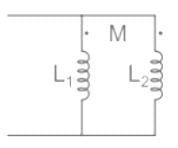Test: Dot Convention in Magnetically Coupled Circuits - Electrical Engineering (EE) MCQ
15 Questions MCQ Test - Test: Dot Convention in Magnetically Coupled Circuits
A series RLC circuit has a resonance frequency of 1 kHz and a quality factor Q = 100. If each of R, L and C is doubled from its original value, the new Q of the circuit is _____________
The switch in the circuit shown was on position X for a long time. The switch is then moved to position Y at time t=0. The current I(t) for t > 0 is ________
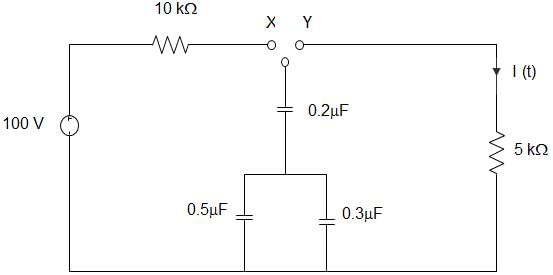

In the circuit shown below the current I(t) for t≥0+ (assuming zero initial conditions) is ___________
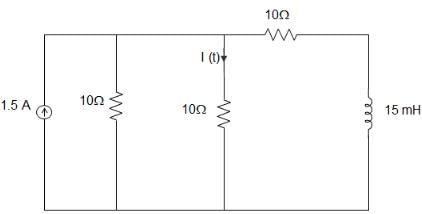

For a unit step signal u (t), the response is V1 (t) = (1-e-3t) for t>0. If a signal 3u (t) + δ(t) is applied, the response will be (considering zero initial conditions)?
An ideal capacitor is charged to a voltage VO and connected at t=0 across an ideal inductor L. If ω = 1 / √LC, the voltage across the capacitor at time t > 0 is ________
In the circuit given below, the capacitor initially has a charge of 10 C. The current in the circuit at t = 1 sec after the switch S is closed will be ___________
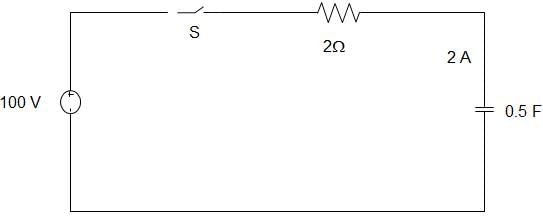
A rectangular voltage wave of magnitude A and duration B is applied to a series combination of resistance R and capacitance C. The voltage developed across the capacitor is ____________
In the circuit given below, the input impedance ZIN of the circuit is _________
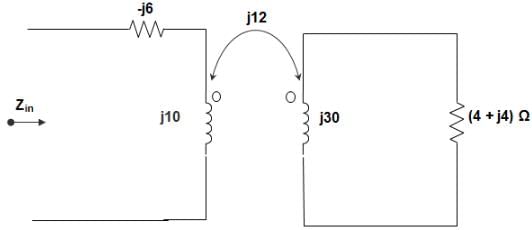
In the circuit shown, the voltage source supplies power which is _____________

Initial voltage on capacitor VO as marked |VO| = 5 V, VS = 8 u (t), where u (t) is the unit step. The voltage marked V at t=0+ is _____________
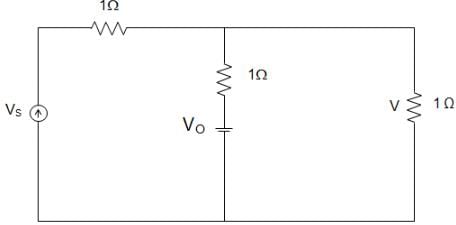
In the circuit given below, for time t < 0, S1 remained closed and S2 open., S1 is initially opened and S2 is initially closed. If the voltage V2 across the capacitor C2 at t = 0 is zero, the voltage across the capacitor combination at t = 0+ will be ____________
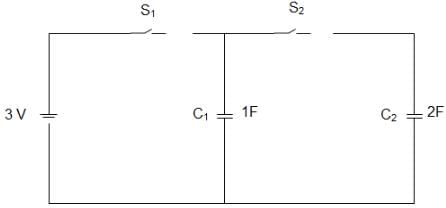
In the circuit given below, the switch S1 is initially closed and S2 is opened. The inductor L carries a current of 10A and the capacitor is charged to 10 V with polarities as shown. The current through L during t=0+ is _____________
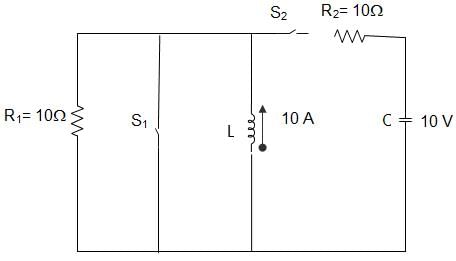
In the figure given below, what is the RMS value of the periodic waveform?
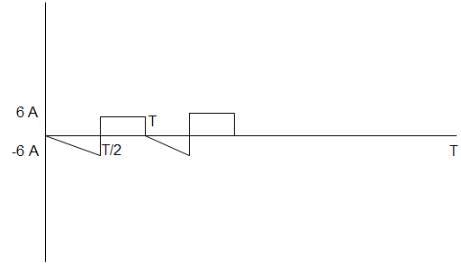
In the circuit given below, the switch is closed at time t = 0. The voltage across the inductance just at t = 0+ is ______
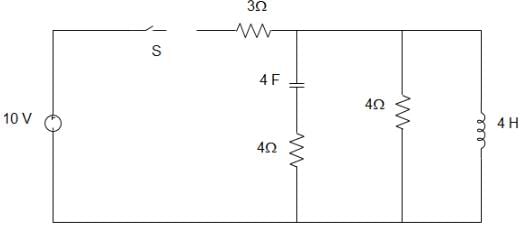
Two 300 μH coils in series without mutual coupling have a total inductance of

































